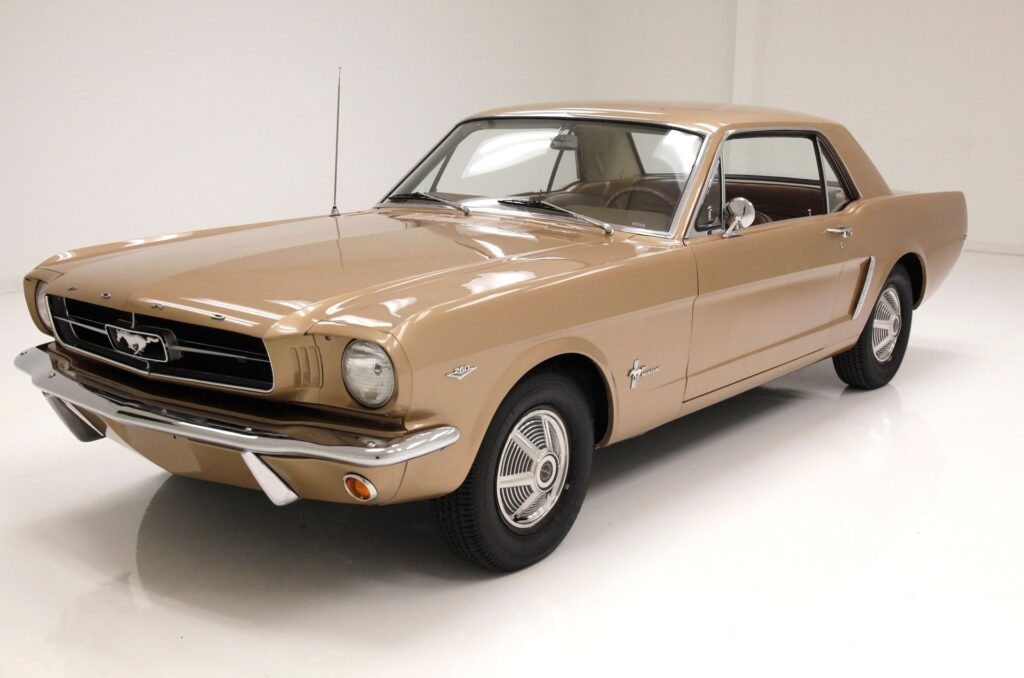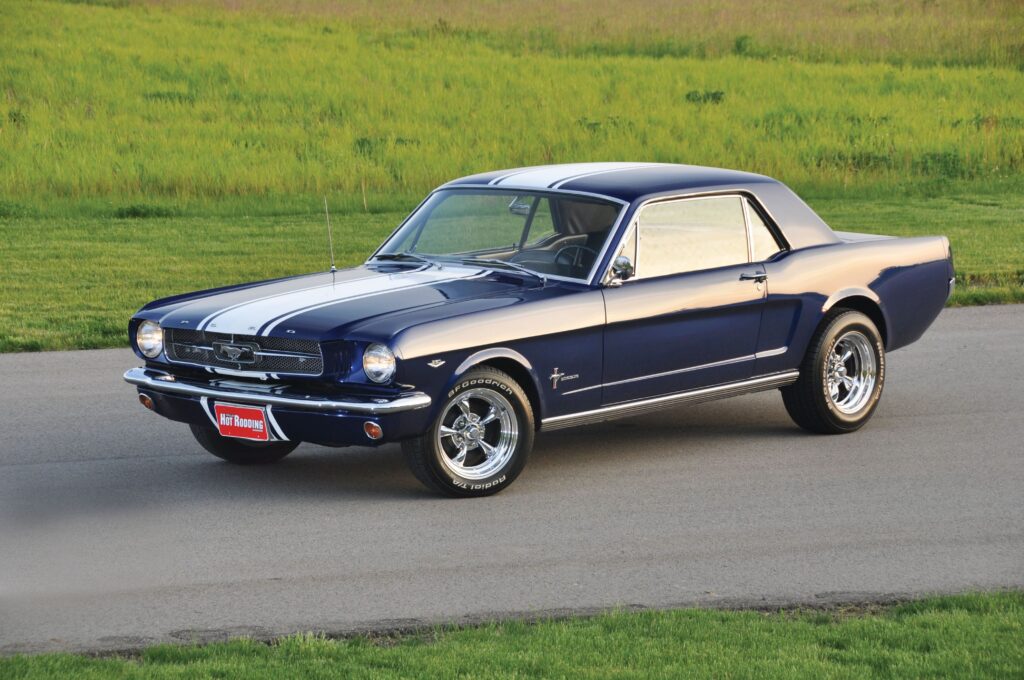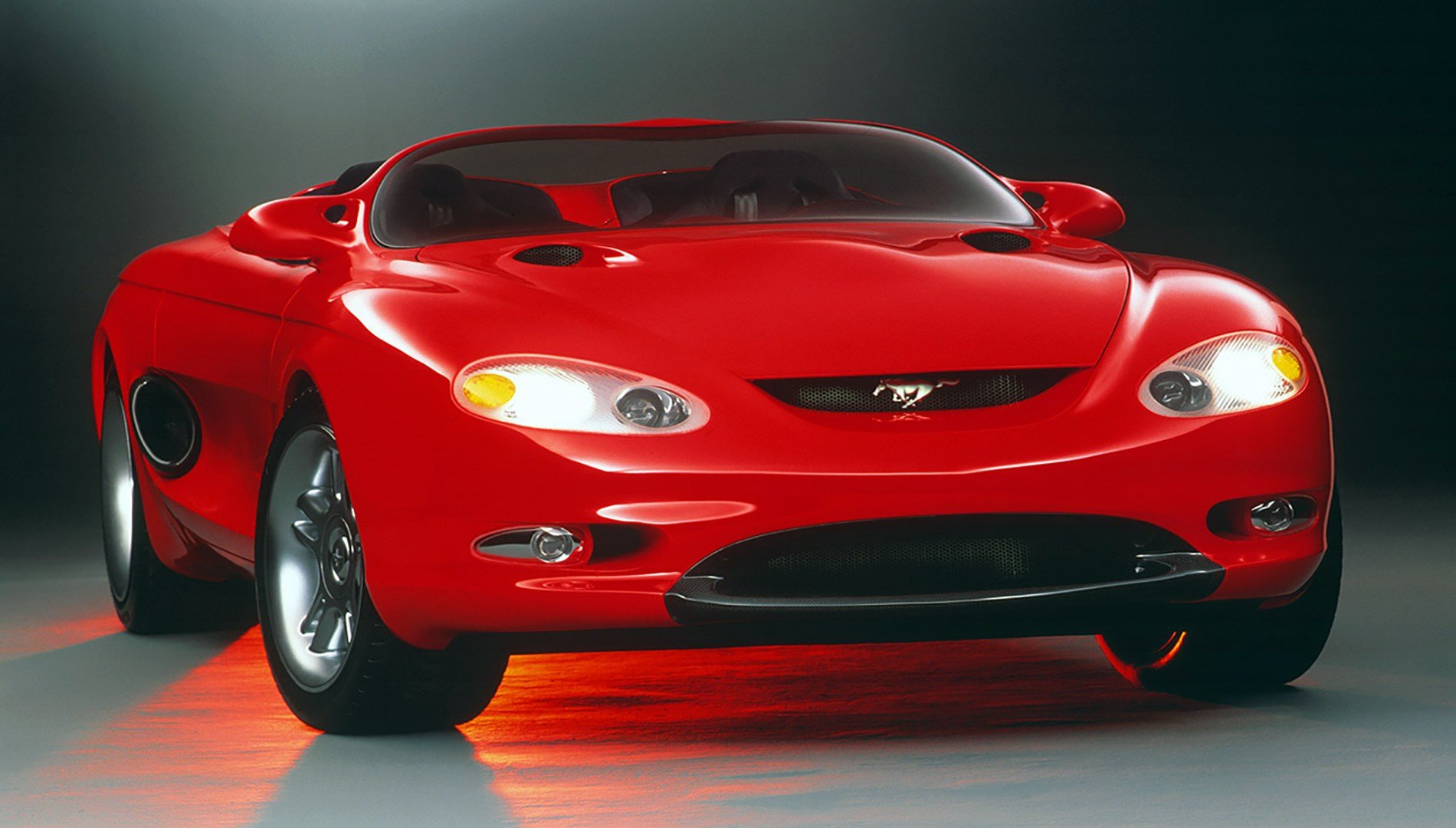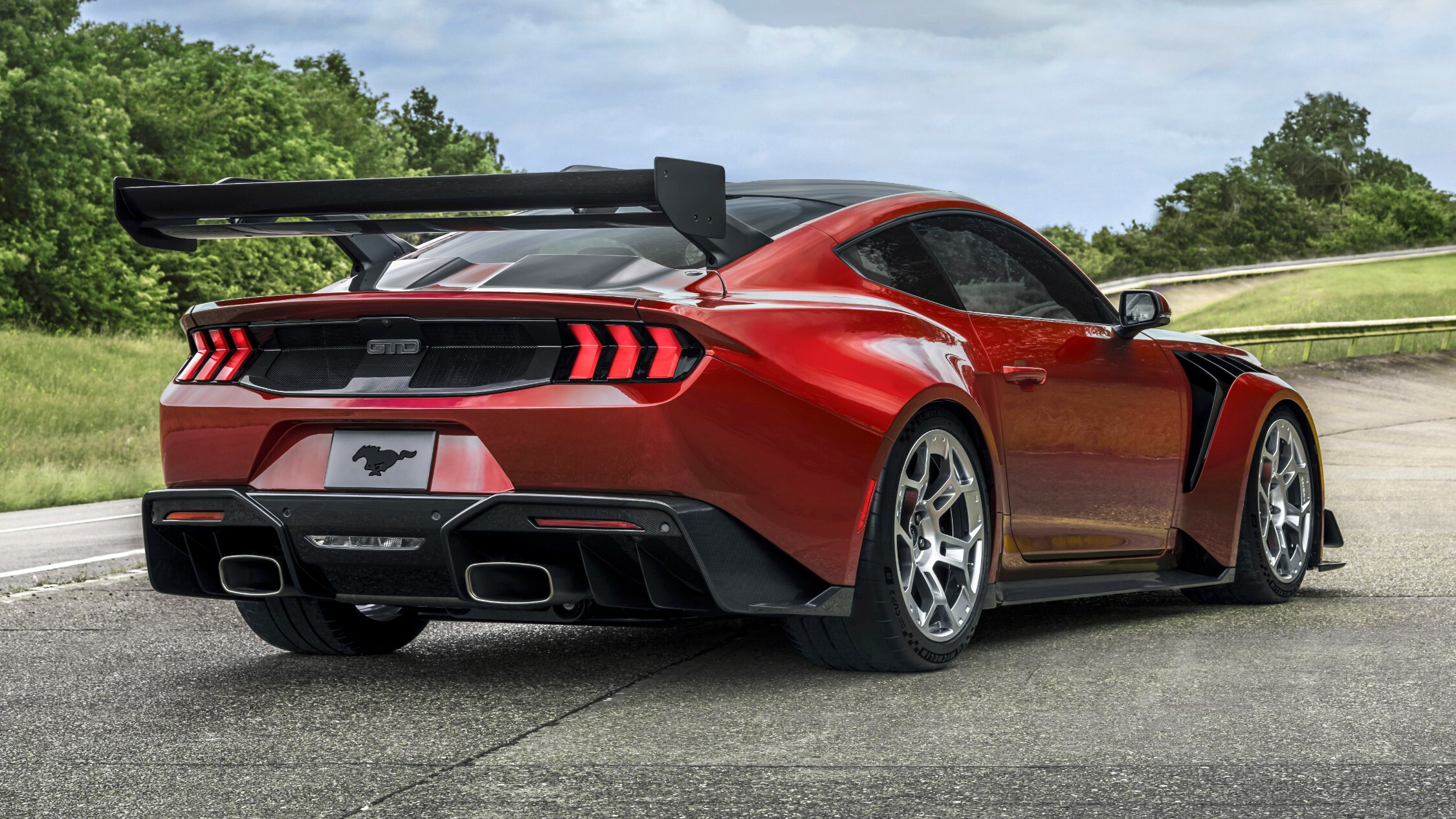Who designed the Mustang car? The Ford Mustang was primarily designed by a team led by Gale Halderman, who created the first full-size clay model. Other key figures in its development include Joe Oros, Lee Iacocca, and John Najjar, who played significant roles in shaping the car’s iconic design and concept.
The Ford Mustang, first introduced on April 17, 1964, at the New York World’s Fair, is one of the most iconic cars ever created. Its combination of stylish design, affordable pricing, and powerful performance made it an instant success. But while the Mustang’s success is undeniable, many people don’t realize that its creation was the result of a carefully crafted team effort.
The Mustang was more than just a car; it was a statement about American innovation, ingenuity, and the desire for freedom. But who exactly was behind its creation? Who designed the Mustang car, and what inspired them to create this masterpiece?
In this article, we will take you through the journey of the Mustang’s design and introduce you to the key figures who played significant roles in bringing this car to life.

Contents
Lee Iacocca: The Visionary Behind the Mustang
One of the most important individuals associated with the creation of the Ford Mustang is Lee Iacocca. As the Vice President and General Manager of Ford’s Product Development Division in the early 1960s, Iacocca was responsible for overseeing the development of new vehicle concepts, and it was his idea to create a car that would appeal to the youth market.
The Idea of a “Pony Car”
In the early 1960s, Iacocca recognized that Ford was missing out on a huge market. Young, enthusiastic car buyers wanted something affordable but stylish—something that could give them the feeling of freedom and excitement. Iacocca’s vision was to design a car that was both sporty and affordable, a car that could appeal to a wide range of consumers and inspire a sense of adventure. Thus, the concept of the “pony car” was born, a category of vehicles that would blend performance with style at a relatively low price.
A Bold Step for Ford
At the time, Ford’s traditional lineup was focused on family sedans and larger vehicles. The idea of a compact, affordable sports car seemed risky, but Iacocca believed in it passionately. Under his leadership, the Mustang was greenlit, and the project began to take shape.
Iacocca was not only responsible for the overall concept of the Mustang but also played a key role in its marketing and launch. He knew how to generate buzz and excitement, and his efforts in promoting the Mustang contributed significantly to its immediate success.

The Design Team: Bringing the Mustang to Life
While Iacocca was the visionary behind the Mustang, he needed a team of talented designers to bring his ideas to fruition. Here are some of the key figures who worked on the Mustang’s design:
Joe Oros: Project Design Chief
Joe Oros was the man in charge of designing the Mustang’s exterior. As the Project Design Chief at Ford, Oros led the team responsible for creating the car’s iconic shape. His task was to design a vehicle that was both attractive and practical, something that would appeal to a broad range of consumers.
Oros took inspiration from European sports cars, incorporating sleek, low-slung designs with bold, muscular features. He wanted the Mustang to stand out and be instantly recognizable, with a long hood and short rear deck. The result was a design that was both sporty and elegant—perfectly capturing the spirit of the Mustang.
Gale Halderman: Lead Designer
While Joe Oros handled the overall design, Gale Halderman was the lead designer who worked on the details. Halderman is credited with creating the first full-size clay model of the Mustang, which served as the prototype for the car’s final production model.
Halderman’s attention to detail and passion for perfection played a crucial role in shaping the Mustang’s distinctive look. He wanted the car to evoke a sense of speed and power, even when it was stationary. His design of the iconic long hood and short rear deck became one of the defining features of the Mustang, which remains a part of the car’s design to this day.
L. David Ash: Chief Stylist
L. David Ash was another key figure in the Mustang’s design. As the chief stylist, Ash worked closely with Joe Oros and Gale Halderman to refine the car’s exterior and make sure it matched Ford’s vision of a sporty, yet affordable, car. Ash played a vital role in ensuring that the Mustang’s styling was fresh and modern, with clean lines and an aggressive stance.
John Najjar and Philip T. Clark: Concept Designers
John Najjar and Philip T. Clark were responsible for some of the early conceptual work on the Mustang. Najjar is credited with designing the Mustang I concept car, which served as the foundation for the production model. His designs helped set the stage for the eventual production version of the Mustang, and his influence can still be seen in the car’s overall look and feel.
Philip T. Clark was another designer who worked on the Mustang’s concept. He was instrumental in bringing Najjar’s ideas to life, and together, they helped shape the early direction of the Mustang’s design.
The Engineering Team: Making the Mustang a Reality
While the design team was crucial to the Mustang’s success, the engineering team had the tough job of making sure the car could actually perform as promised. The chief engineer behind the Mustang was Donald N. Frey.
Donald N. Frey: Chief Engineer
Donald N. Frey was the chief engineer responsible for overseeing the development of the Mustang’s mechanical systems. Frey worked closely with the design team to ensure that the car’s performance matched its stylish exterior. He focused on creating a vehicle that was fun to drive, with a smooth ride and powerful engine options. Under his leadership, the Mustang’s engineering team successfully developed a car that was fast, reliable, and affordable, which helped contribute to its success in the market.
The Mustang’s Debut: A Game-Changing Moment
On April 17, 1964, the Ford Mustang was officially introduced at the New York World’s Fair. The public unveiling was a huge event, and the Mustang was met with immediate acclaim. People were fascinated by the car’s sleek design and performance capabilities, and it quickly became a cultural phenomenon.
The Mustang’s Legacy: An Icon of American Automotive Design
Since its debut, the Ford Mustang has become synonymous with American muscle cars. It has influenced countless other vehicles and has earned a place in automotive history. Over the years, the Mustang has seen many redesigns and updates, but it has always maintained its original spirit of freedom, power, and style.
The Mustang’s design legacy is deeply intertwined with the contributions of its visionary designers, engineers, and leaders. Their combined efforts transformed an idea into a car that would go on to shape the future of the automotive industry.
Related Article
What’s the Fastest Mustang?
Where Are Ford Mustangs Made?
How Many Miles Do Mustangs Last?
Frequently Asked Questions
Here are some FAQs about designer the Mustang car –
1. Who was the main designer of the Ford Mustang?
The main designer behind the Ford Mustang was Gale Halderman, who created the first full-size clay model of the car.
2. What inspired the design of the Mustang?
The design of the Mustang was inspired by European sports cars, with an emphasis on sleek lines and an aggressive stance.
3. Who was responsible for the Mustang’s marketing?
Lee Iacocca played a key role in the marketing and promotion of the Mustang, ensuring that it captured the attention of the public.
4. When was the Ford Mustang first introduced?
The Ford Mustang was first introduced to the public on April 17, 1964, at the New York World’s Fair.
5. How did the Mustang impact the automotive industry?
The Mustang created a new category of cars known as “pony cars,” blending performance and style at an affordable price, and inspiring countless other models in the years that followed.
Conclusion
The Ford Mustang is one of the most iconic cars in the world, and its creation was the result of a collective effort. From Lee Iacocca’s visionary leadership to the hard work of the design and engineering teams, each individual played a pivotal role in making the Mustang a reality. Today, the Mustang continues to be a symbol of American innovation and style, and its legacy lives on.




